This is a continuation of the development of a simple, relatively foolproof, astigmatism, field curvature, and field tilt test for lens screening. The first post is here. It is also the second post in a series of tests of the Fujifilm 32-64 mm f/4 G-mount lens for the GFX 50s. That test starts here.
Brandon Dube, who is an expert on lens design, has made some comments on the images here, and I’ve included them at the bottom of this post. Obviously, he is seeing things that I can’t see in this test, at least at present. I hope that I can learn to get some of what Brandon gets out of these Siemens Star tests, and explain it to you so that you can have that benefit as well.
I wanted to test the lens at 64 mm, I found a place where I could get 25 meters away from the target:
Consulting my handy-dandy chart, it appears that 25 m is not far enough to get the defocus component of the corner blur down to 3 micrometers wide open, but f/5.6 is fine:
Here are enlarged 238×192 pixel crops at the center, and all eight major peripheral compass points.
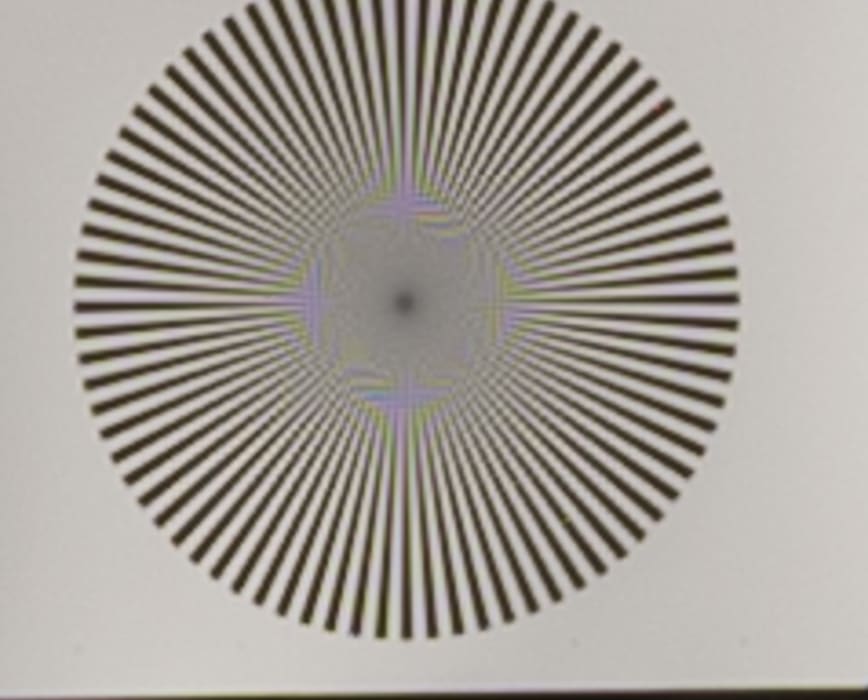
Either the lens is less sharp at 64mm than it is at 32 and 50 mm (and it was sharper at 32 mm than at 50 mm), or I misfocused slightly. [Addendum: As I found out later, this slight loss in sharpness has to be the result of misfocusing; the lens is amazingly sharp on axis at f/5.6.] You can see a bit of aliasing, but nowhere near as much as in the sets that I posted yesterday. But that’s not what’s important for these tests. I have much better ways to assess on-axis sharpness, and I will show you results from those tests soon.
Moving clockwise around the periphery starting in the upper left corner:
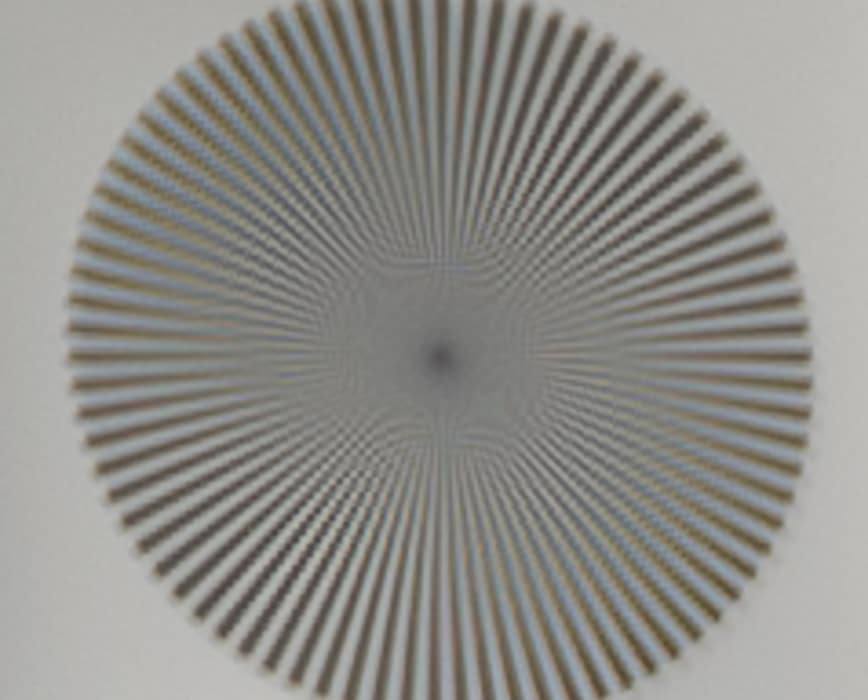
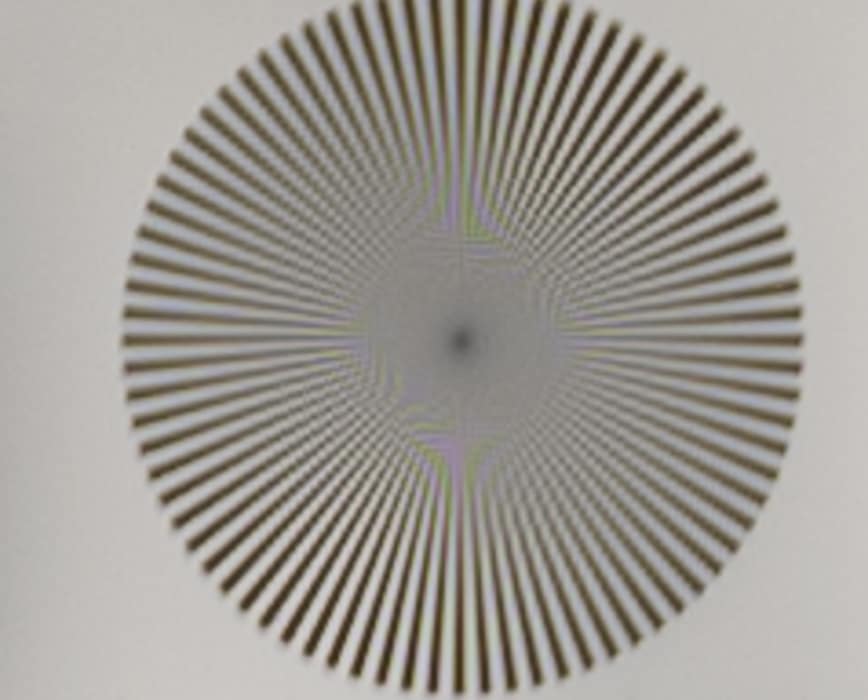
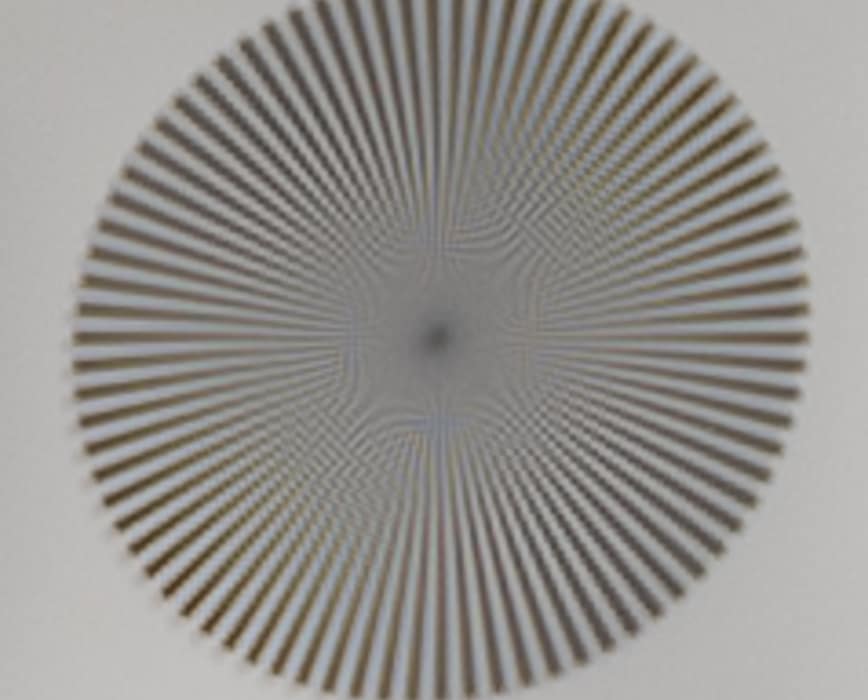
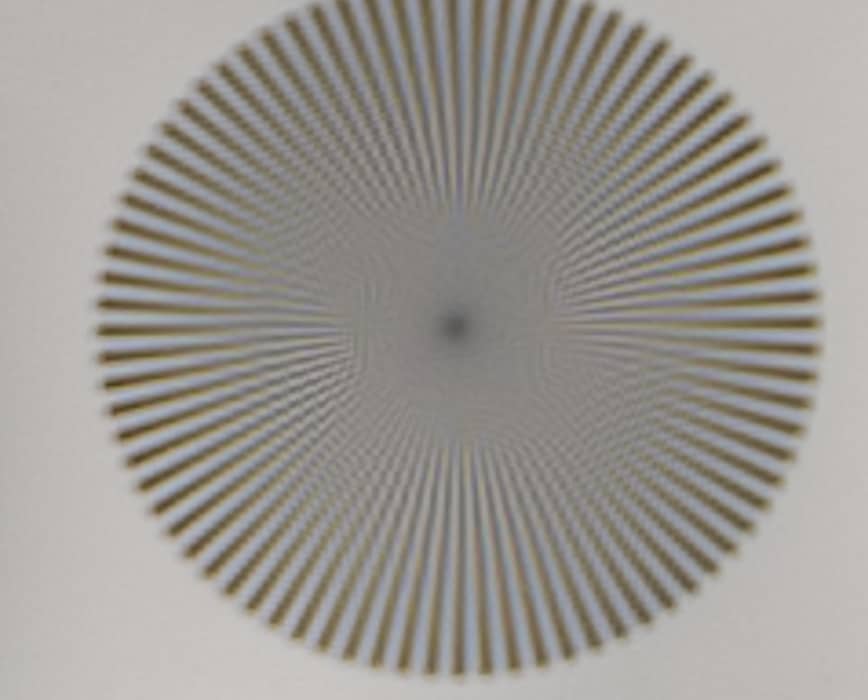
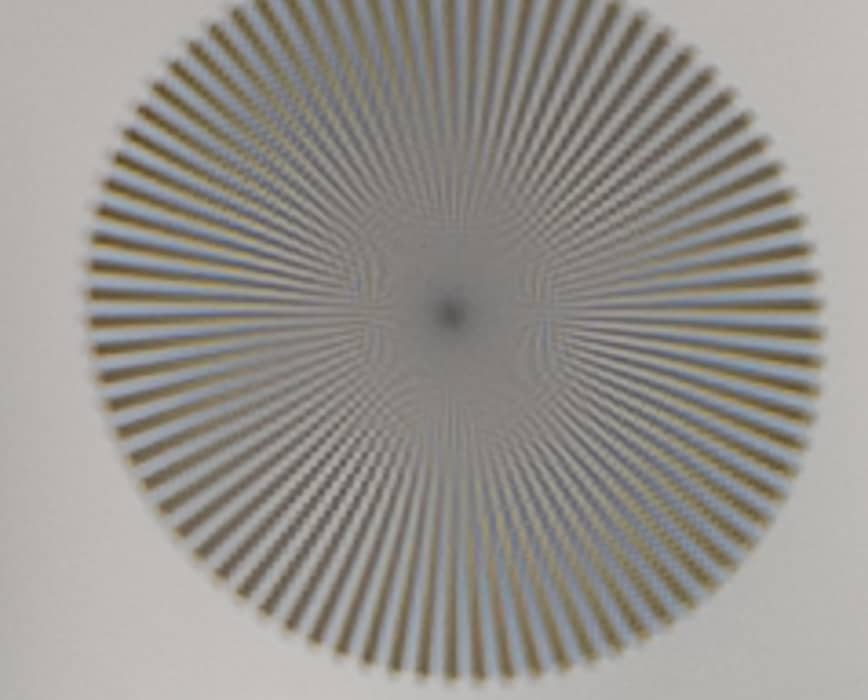
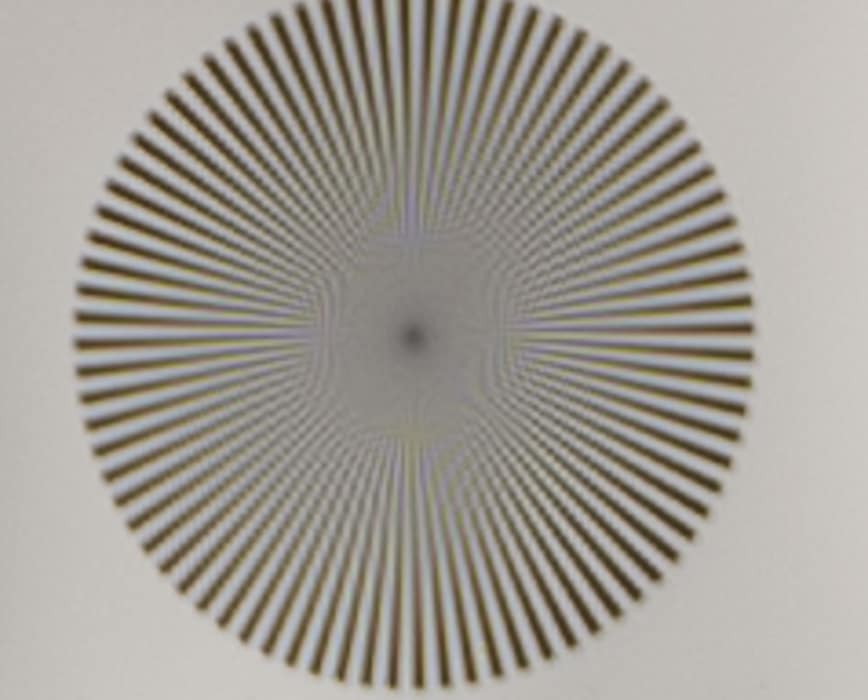
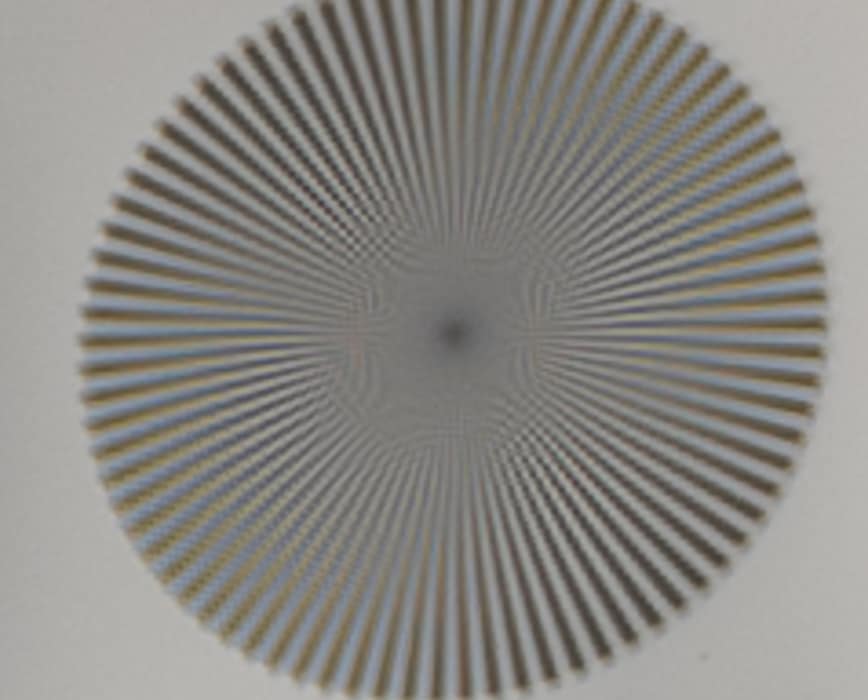
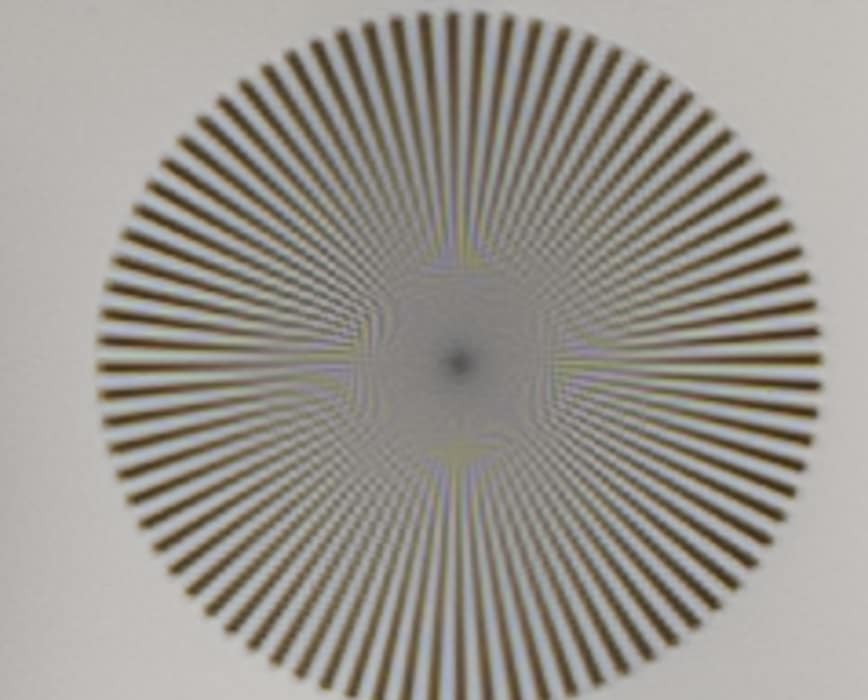
There are some small systematic differences, but in general, this lens shows little focus tilt and astigmatism and has a usefully flat field.
Here are Brandon’s comments:
…you can see the astigmatism is oriented along the -10 degree or so axis with respect to the x direction. The upper center has about the same orientation, but a lower magnitude. The upper right has reduced magnitude and orientation very close to the x axis. Center right is uniform defocus, this is (or is near) a node of the astigmatism field. Same for the lower right.
The lower center is also a region of low astigmatism, and also low Petzval/field curvature in general. The lower left is astigmatic along about +45 deg, and the center left is not very astigmatic.
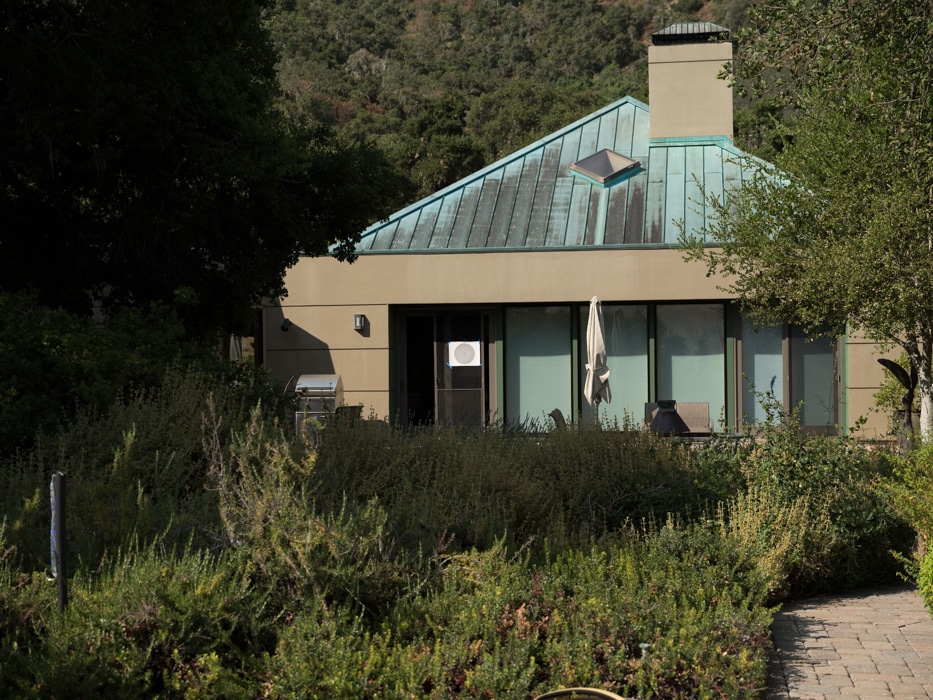
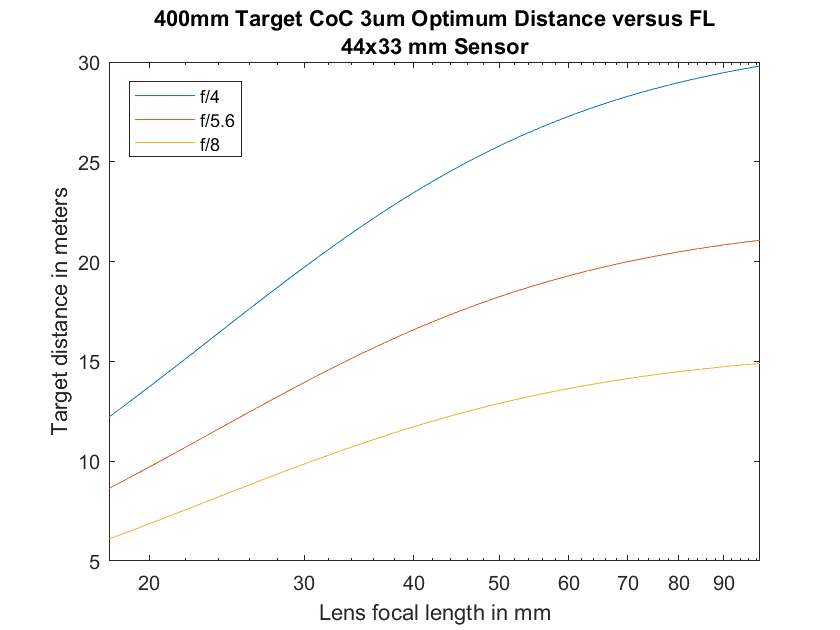
Leave a Reply